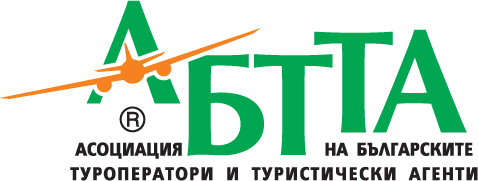Nessebar
»
Nessebar
Nessebar, located on a small rocky peninsula, is one of the most picturesque towns along the Bulgarian Black Sea coast, while its thousand-year old history and numerous cultural monuments are the reason for its taking a very special place in both Bulgarian and European science and culture.
The town of
The archaeological study of the Nessebar peninsula and its aquatory done during the last four decades revealed rich collections of significant cultural monuments illustrating the history of ancient Messambria and medieval Nessebar. A large part of them are present exhibits in the new Nessebar archaeological museum. The museum exhibition area includes a foyer and four halls. The UNESCO Diploma, certifying the Ancient Nessebar registration on the world cultural heritage list in 1983, can be seen in the foyer.
Old town ladmarks
Churches:
1. Christ Pantokrator - 13-14 c.
2. St. Stefan - 10 c.
3. St. John Aliturgetos- 14 c.
4. St. John the Baptist 10-11 c.
5. St. Spas - 17 c.
6. St. Archangels Gavrail and Michael - 13-14 c.
7. St. Paraskeva - 13 c.
8. St. Sofia ( Old Bishopric) - 5-6 c.
9. St. Todor - 14 c.
10. active ortodox church The Assumption - 20 c.
Other cultural and historical monuments:The archaeological study of the Nessebar peninsula and its aquatory done during the last four decades revealed rich collections of significant cultural monuments illustrating the history of ancient Messambria and medieval Nessebar. A large part of them are present exhibits in the new Nessebar archaeological museum. The museum exhibition area includes a foyer and four halls. The UNESCO Diploma, certifying the Ancient Nessebar registration on the world cultural heritage list in 1983, can be seen in the foyer.
Old town ladmarks
Churches:
1. Christ Pantokrator - 13-14 c.
2. St. Stefan - 10 c.
3. St. John Aliturgetos- 14 c.
4. St. John the Baptist 10-11 c.
5. St. Spas - 17 c.
6. St. Archangels Gavrail and Michael - 13-14 c.
7. St. Paraskeva - 13 c.
8. St. Sofia ( Old Bishopric) - 5-6 c.
9. St. Todor - 14 c.
10. active ortodox church The Assumption - 20 c.
1. Byzantine fortified walls- 5 c.
2. Black sea wooden houses from the period of the Bulgarian Revival - 18- 19 c.
3. Rome baths- 5 c.
4. Turkish bath - 17 c.
5. Turkish fontain- 18 c.
6. Archeological museum
7. Ethnographical museum
Hotels in Nessebar:
Hotel Festa Panorama****
Hotel Sol Marina Palace****
Hotels Sol Nessebar Bay**** and Sol Nessebar Mare****
Hotel Sol Nessebar Palace*****
Hotel The Mill***
Hotel Sveti Stefan***
Hotel Nessebqar Royal Palace***
historical facts
The town was established more than 3200 years ago. read more

























